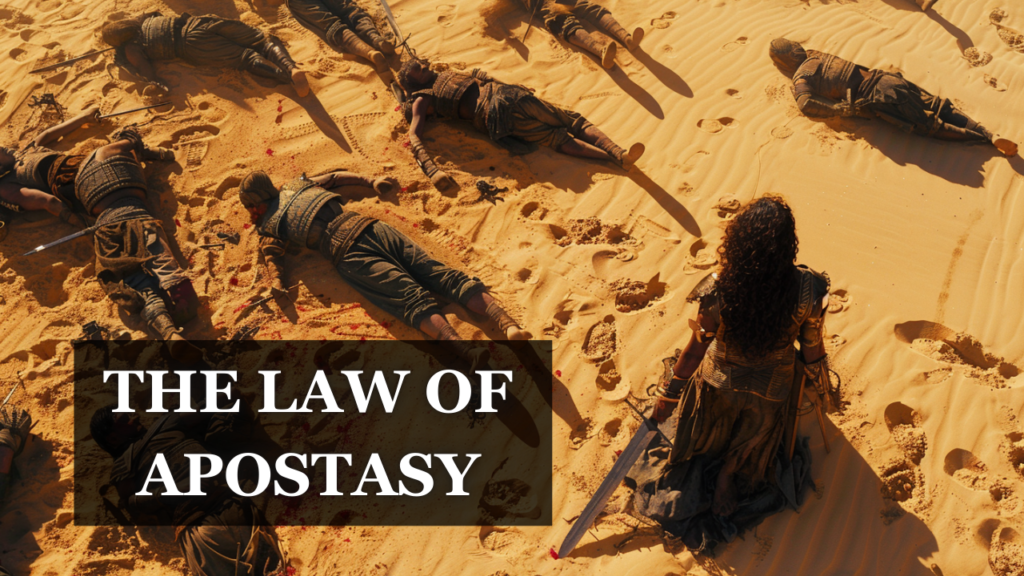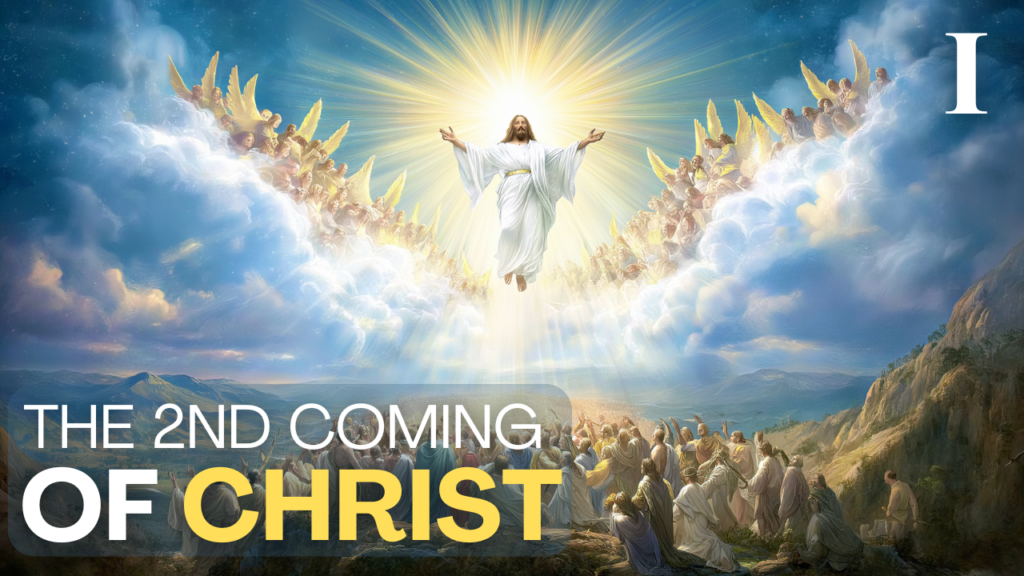The Satanic Verses in Early Islamic Narratives: An Analysis of Historical Transmission
The story of the Satanic Verses is one of the most controversial episodes in early Islamic history. It revolves around an alleged moment when the Prophet Muhammad recited verses acknowledging the pagan goddesses of the Quraysh, only to later retract them as the influence of Satan. This episode is referenced in early biographies and tafsir works, and is discussed by classical scholars such as Ibn Taymiyyah, who argued that the Quran itself supports the story through its testimony in Surah Al-Hajj (22:52). While the incident was initially accepted by many early Muslim scholars, it was increasingly dismissed over time, as later scholars called its authenticity into question. This paper seeks to critically evaluate the reliability of the transmission of the Satanic Verses narrative by examining its isnads (chains of narrators), assessing its scholarly critiques, and exploring the historical and theological motivations behind its eventual rejection.
The Satanic Verses Narrative
According to the traditional account, the Prophet Muhammad recited Surah Al-Najm (53) before a gathering that included both Muslims and the Quraysh. Upon reaching the verses, “Have you seen Al-Lat, Al-‘Uzza, and Manat, the third one?” it is said that Satan influenced him to recite verses that praised these deities. This purportedly pleased the Quraysh, and both they and the Muslims prostrated together. Later, however, Gabriel is said to have revealed to Muhammad that the recitation of these verses was a mistake, influenced by Satan, and corrected them with a revelation from God. This incident, according to early sources, briefly reconciled the Quraysh with the Muslims before the error was corrected, leading to renewed hostility.
The Quranic Testimony: Surah Al-Hajj (22:52)
Proponents of the Satanic Verses narrative point to Surah Al-Hajj (22:52) as evidence supporting its historical plausibility. The verse states, “We did not send before you any messenger or prophet without having the devil interfere in his wishes. God then nullifies what the devil has done. God perfects His revelations. God is omniscient, most wise.” Scholars like Ibn Taymiyyah interpreted this verse as confirmation that Satan momentarily influenced the Prophet’s recitation, but that divine revelation ultimately corrected the error. This interpretation frames the incident as part of the divine testing of prophets, with God intervening to nullify Satan’s influence. However, critics argue that this verse can be understood more generally as referring to challenges faced by prophets, without implying that Satan could directly alter revelation.
In early Islamic tradition, the Satanic Verses incident was widely accepted as a genuine event. It appears in the works of biographers like Ibn Ishaq and in the tafsir of al-Tabari, both of whom provide detailed accounts of the incident. Early scholars did not seem troubled by the theological implications of the narrative, perhaps viewing it as a moment of human weakness that God ultimately corrected. The Quraysh’s temporary reconciliation with the Muslims, followed by the Prophet’s correction through divine revelation, was seen by some as evidence of the sincerity of the Prophet’s mission. However, as Islamic orthodoxy solidified, the theological discomfort with this narrative grew, and scholars increasingly sought to distance the Prophet from the possibility of such a mistake.
Analysis of Hadith and Tafsir Chains of Transmission
To critically assess the reliability of the Satanic Verses narrative, a detailed examination of its chains of transmission is necessary. The following key recensions offer insight into the strength or weakness of the isnads associated with the story:
Riwaya 1: Ibn Ishaq’s Recension
- Ibn Ishaq’s biography is among the earliest accounts of the Prophet’s life, but his reliability as a transmitter is a point of contention. His narrative of the Satanic Verses has been classified as weak by scholars such as al-Albani, primarily because Ibn Ishaq often included reports from questionable sources. In this case, his inclusion of unreliable transmitters undermines the credibility of his version.
Riwaya 2: Abu Ma’shar’s Recension
- This version presents a more detailed narrative, including Gabriel’s correction of the Prophet. While many transmitters in this chain are generally considered trustworthy, the presence of al-Waqidi, a notorious fabricator of reports, casts serious doubt on its authenticity. Al-Waqidi’s poor reputation among scholars has led to a consensus that this recension is unreliable.
Riwaya 20: Yahya ibn Salam
- Yahya ibn Salam’s recension introduces another major issue: its isnad does not trace back to a companion, making it incomplete. This Mursal hadith (which lacks a direct companion link) has been rejected by many later scholars due to its broken chain, despite some early acceptance.
Riwaya 40: Ibn Abbas Recension
- This chain, traced back to Ibn Abbas, is one of the more reliable transmissions. Prominent hadith scholar Ibn Hajar considered it to be trustworthy, though some critics, like al-Albani, questioned its validity due to insufficient biographical information regarding one transmitter, Muhammad ibn Ali. Despite al-Albani’s objections, many scholars have upheld this chain’s authenticity.
Riwaya 41: Abu al-Laith’s Recension
- Abu al-Laith’s recension, found in his tafsir, offers a more streamlined chain by omitting Muhammad ibn Ali altogether, resulting in a stronger isnad. This chain includes reliable figures such as Ibrahim al-Khalil and avoids some of the weaknesses found in other versions. However, this recension does not transmit the entire Satanic Verses incident, focusing only on key elements such as the false verses being revealed to Muhammad.
The Decline of the Satanic Verses Tradition
As Islamic theology evolved, the Satanic Verses story faced increasing skepticism. The concept of prophetic infallibility (isma), which asserts that prophets are divinely protected from errors in conveying revelation, became a cornerstone of Islamic belief. The Satanic Verses narrative, which suggests that Satan could influence a prophet’s recitation, conflicted with this doctrine and was gradually dismissed by scholars as weak or fabricated. The rise of rigorous hadith criticism also contributed to the rejection of the narrative, as scholars subjected the isnads of the Satanic Verses to more intense scrutiny and found them lacking in reliability.
Motivations for Rejecting the Satanic Verses:
Several factors played a role in the eventual rejection of the Satanic Verses narrative:
- Theological Concerns:
- The idea that Satan could interfere with divine revelation posed a direct challenge to the doctrine of prophetic infallibility. As this theological principle became more entrenched, the narrative’s plausibility diminished, and scholars increasingly labeled the story as unreliable or fabricated.
- Interfaith Polemics:
- The Satanic Verses incident became a point of contention in debates between Muslims and non-Muslims. Critics of Islam used the story to question the legitimacy of Muhammad’s prophethood, prompting Muslim scholars to distance themselves from the narrative in order to protect the Prophet’s reputation.
- Hadith Criticism:
- As the science of hadith criticism developed, the isnads associated with the Satanic Verses were scrutinized more rigorously. Chains that were once accepted were now deemed weak due to unreliable transmitters, incomplete isnads, or other methodological flaws. This critical approach contributed to the gradual marginalization of the narrative.
Conclusion
The Satanic Verses narrative provides a window into the complexities of early Islamic tradition, revealing both the challenges of hadith transmission and the shifting nature of Islamic theology. While the story was accepted by early Muslim communities and referenced in important sources, its later rejection underscores the dynamic relationship between historical events and theological development. The isnads associated with the Satanic Verses vary in reliability, but the overarching theological concerns surrounding the Prophet’s infallibility ultimately led to the narrative’s dismissal. The debate surrounding the story highlights the broader tensions within Islamic scholarship between preserving the integrity of revelation and grappling with the complexities of early historical reports.

